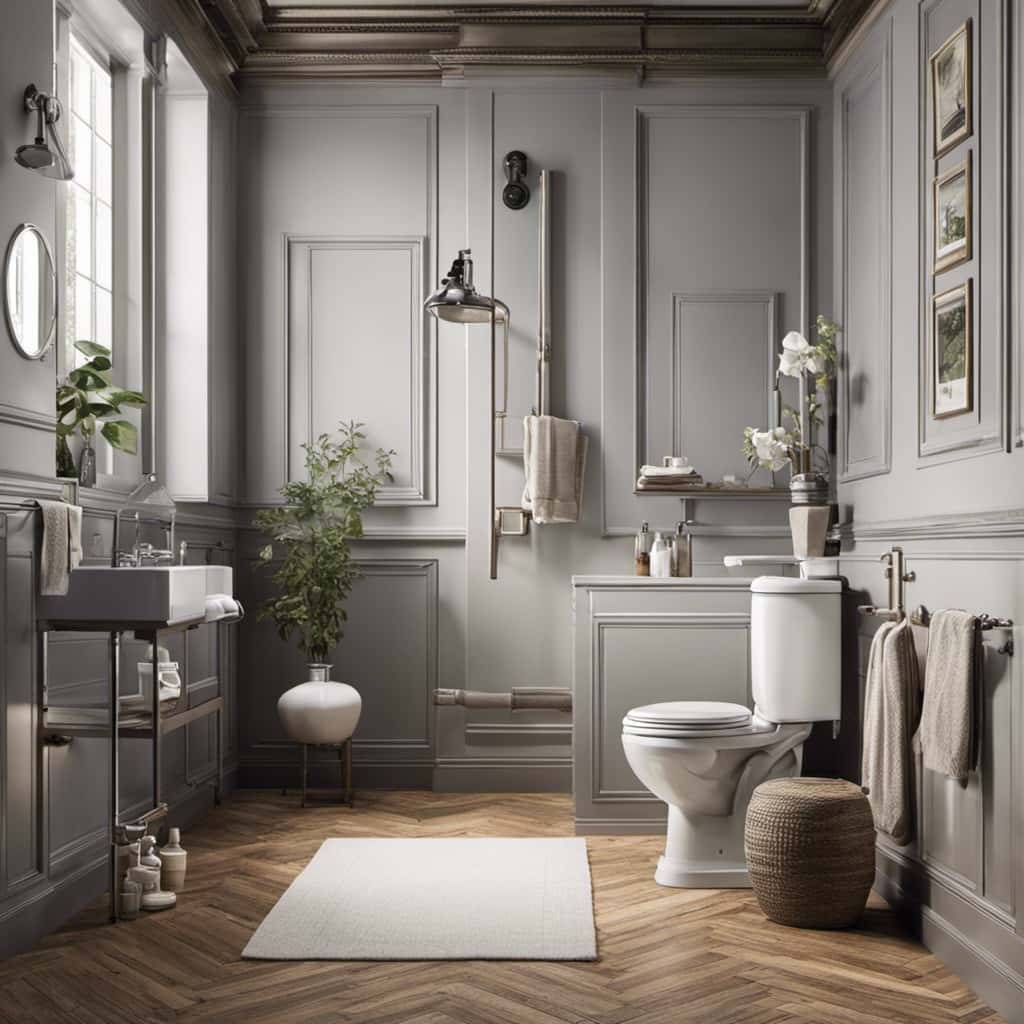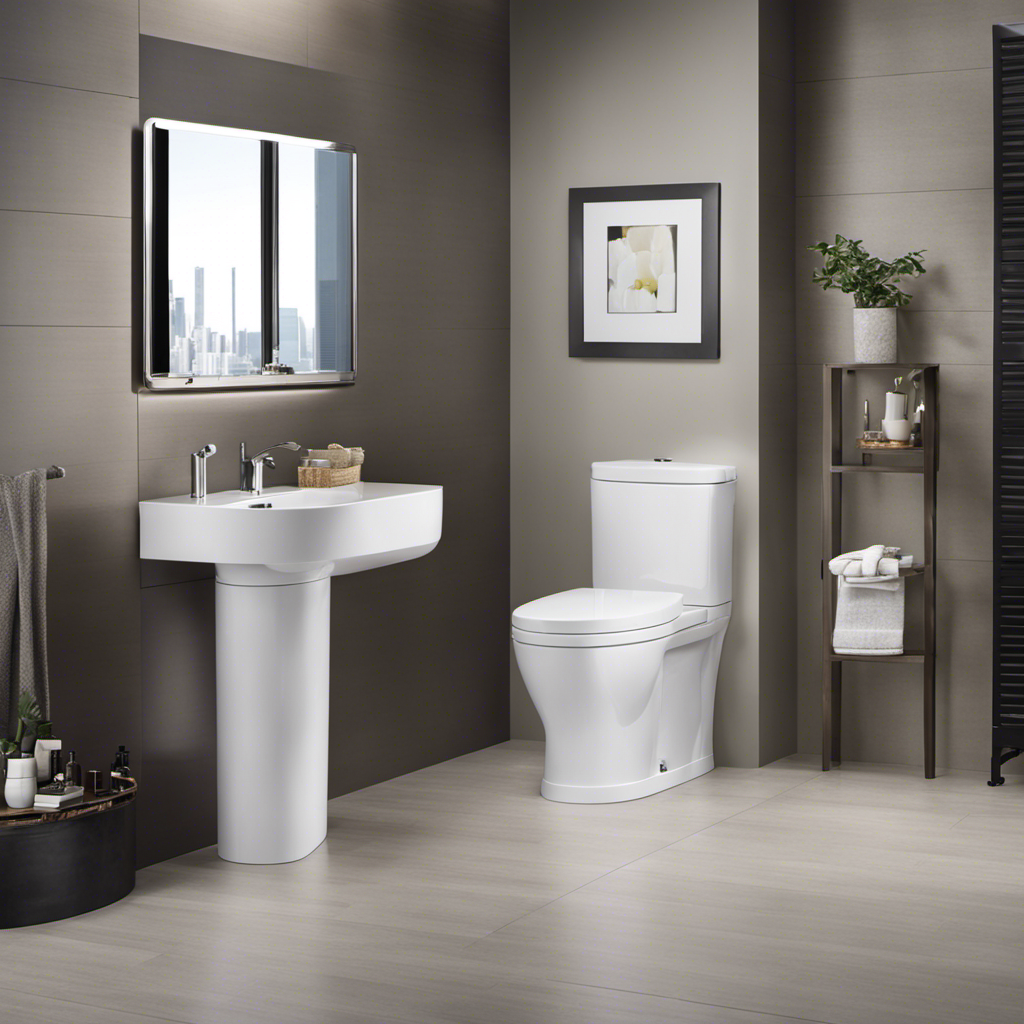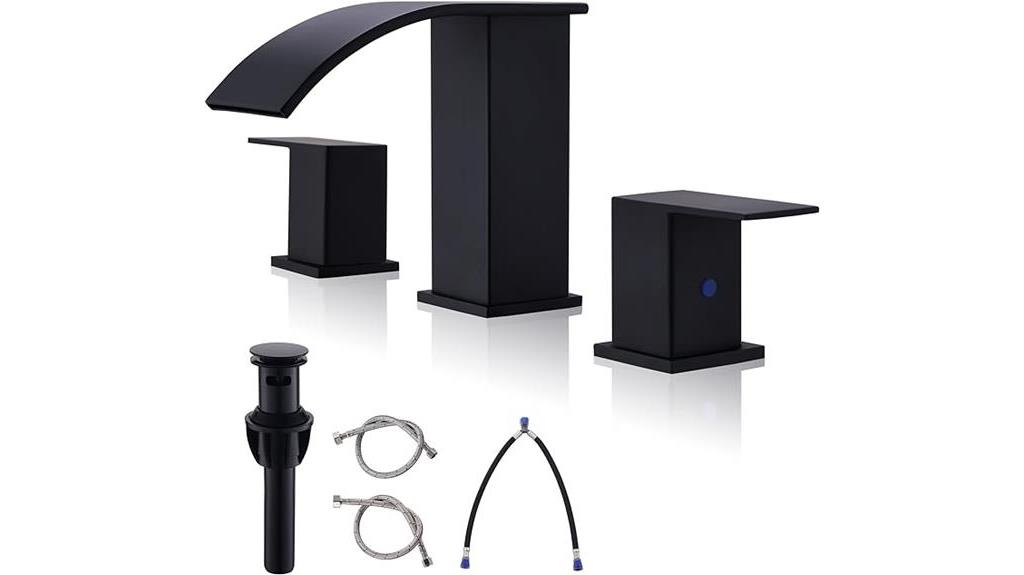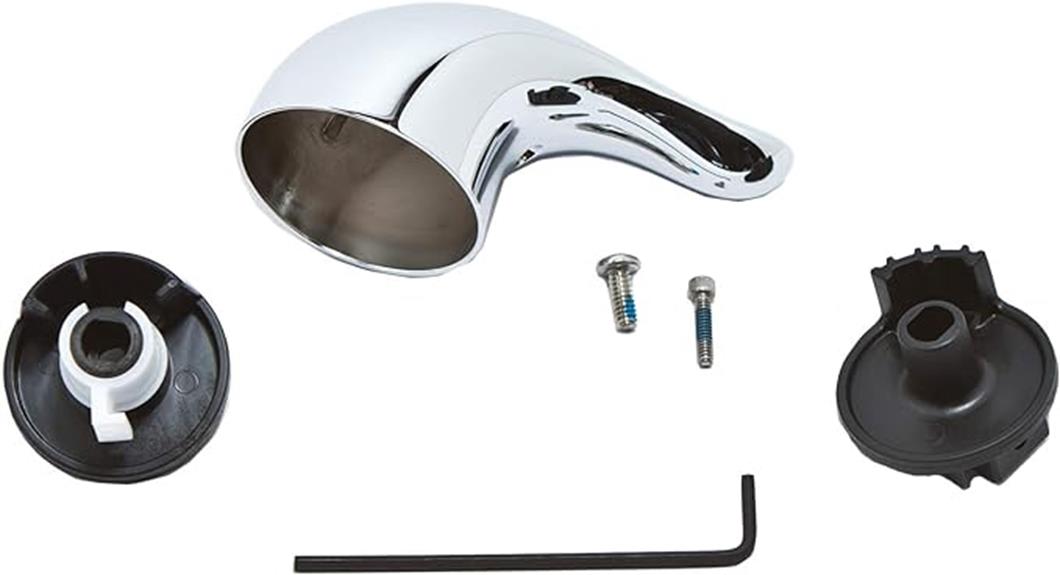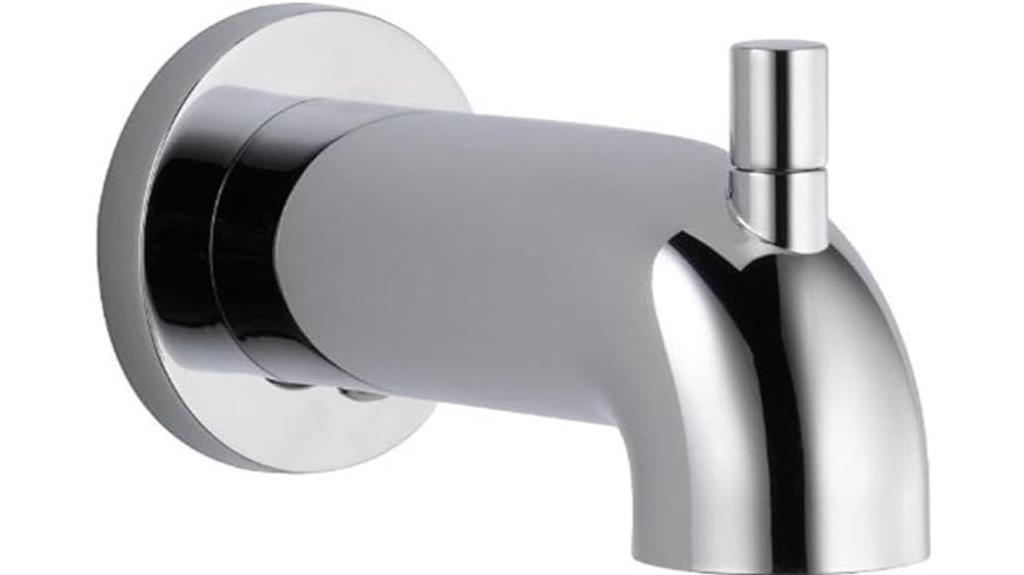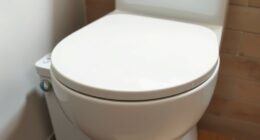Do you ever wonder what to do with tampons if you can’t flush them? Well, we’ve got you covered!
In this article, we’ll share practical and informative tips on how to handle this situation like pros. From wrapping and disposing of tampons in waste bins to exploring biodegradable options, we’ll help you navigate the world of proper tampon disposal.
So, let’s dive in and master the art of responsible tampon disposal together!
Key Takeaways
- Wrap tampons in toilet paper or use tampon disposal bags to securely contain them.
- Dispose of wrapped tampons in waste bins lined with plastic bags.
- Consider using biodegradable tampons made from organic cotton to reduce environmental impact.
- Explore alternative options like menstrual cups, which are reusable and more environmentally friendly.
Wrap and Dispose of in Waste Bins
To properly dispose of tampons that can’t be flushed, we should wrap them in toilet paper and place them in waste bins. It’s important to dispose of tampons responsibly to minimize their environmental impact. When wrapping the tampon, make sure to use enough toilet paper to securely contain it. This will prevent any leakage or odor.
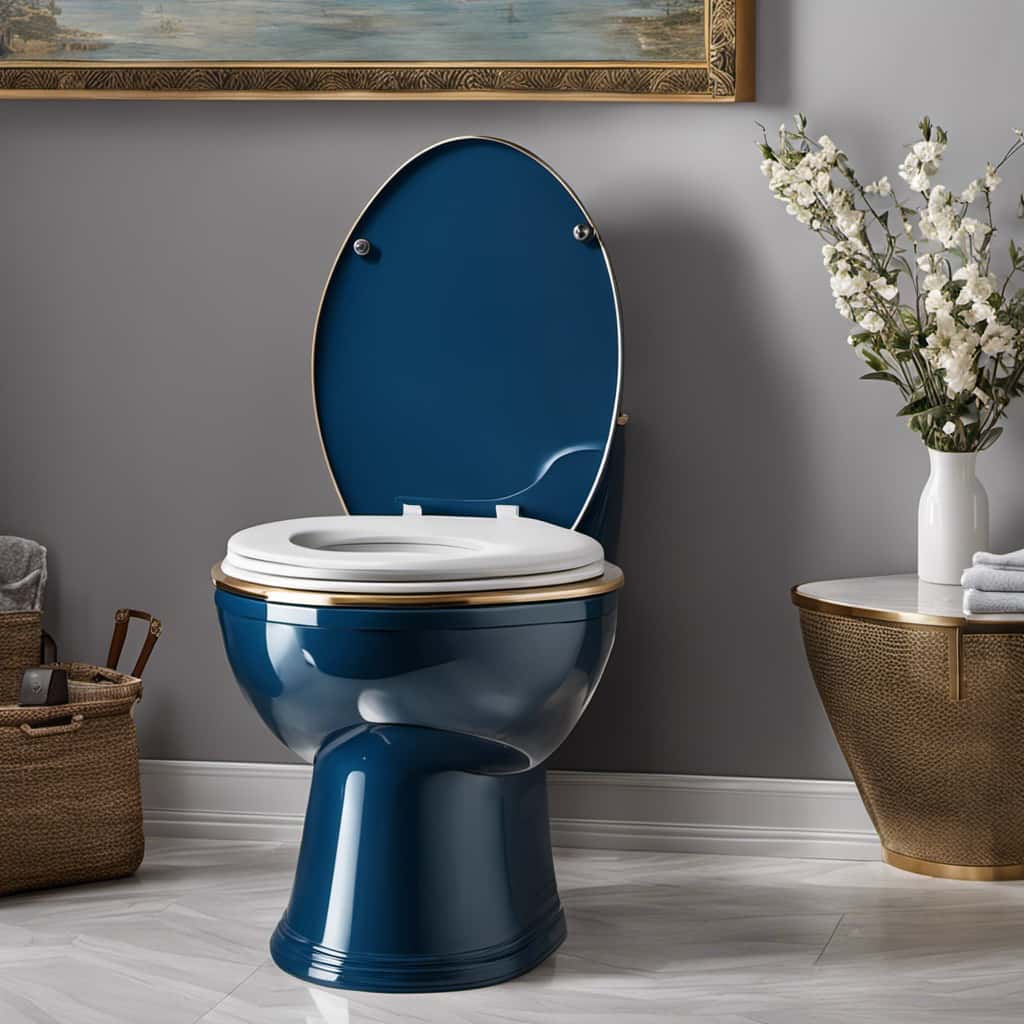
Once wrapped, place the tampon in a waste bin that’s lined with a plastic bag. This will further prevent any leakage and make it easier to dispose of the tampons. Remember to tie the bag securely before throwing it in the regular trash.
By following these steps, we can dispose of tampons in a way that’s both hygienic and environmentally friendly.
Now, let’s move on to the next section about the use of tampon disposal bags.
Use Tampon Disposal Bags
Now, let’s continue our discussion on how to properly dispose of tampons that can’t be flushed by utilizing tampon disposal bags.
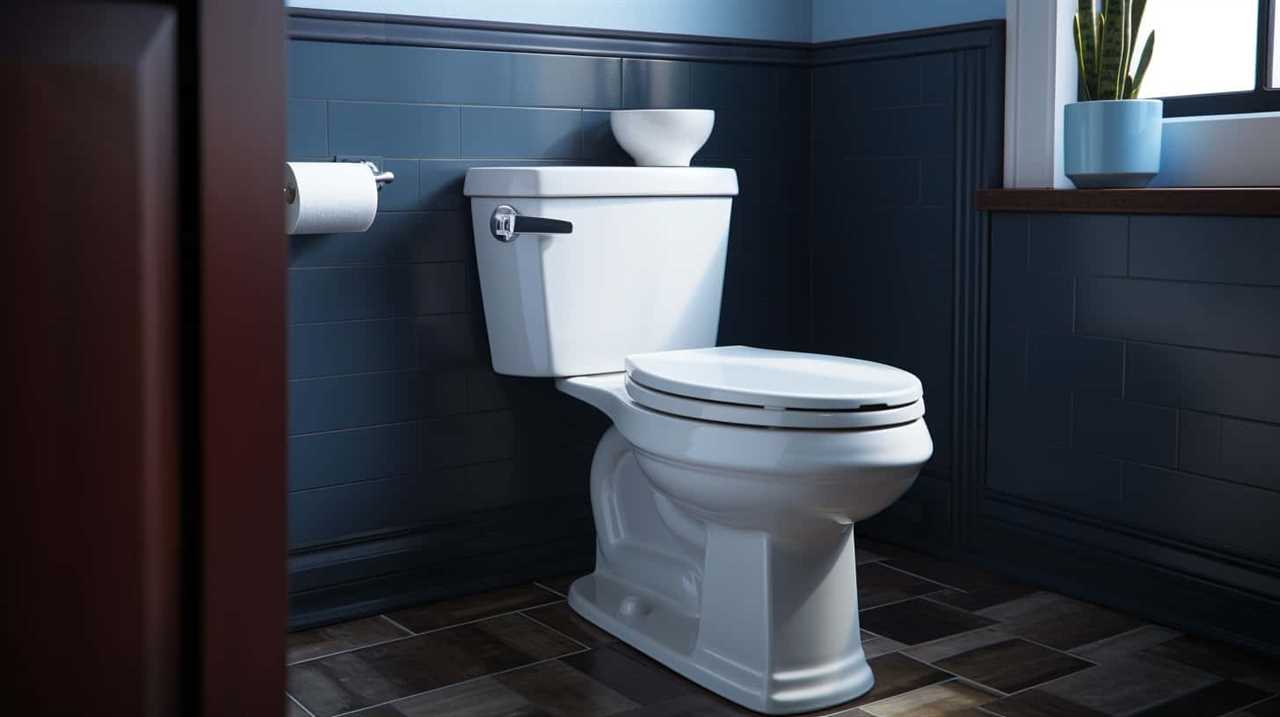
Tampon disposal bags are eco-friendly alternatives that provide a convenient and hygienic way to dispose of used tampons. These bags are specifically designed to securely seal in the used tampon, preventing any odors or leaks.
One of the benefits of tampon disposal bags is their compact size, making them easy to carry discreetly in your purse or pocket. They’re also made from biodegradable materials, reducing their impact on the environment.
When you’re ready to dispose of your tampon, simply place it inside the bag, seal it, and discard it in a waste bin.
Tampon disposal bags offer a practical solution for proper tampon disposal while minimizing environmental impact.

Explore Biodegradable Tampon Options
Let’s explore our options for biodegradable tampons.
When it comes to menstrual products, it’s important to consider the environmental impact of non-biodegradable tampons. Traditional tampons are made from a combination of rayon, cotton, and synthetic materials that take years to decompose in landfills.
However, there are now compostable tampon brands available that offer a more sustainable option. These tampons are made from organic cotton, which is biodegradable and free from harmful chemicals. Some popular brands include Natracare, Cora, and LOLA.
Consider Menstrual Cups as an Alternative
As we continue exploring more sustainable options for menstrual products, one alternative worth considering is menstrual cups.
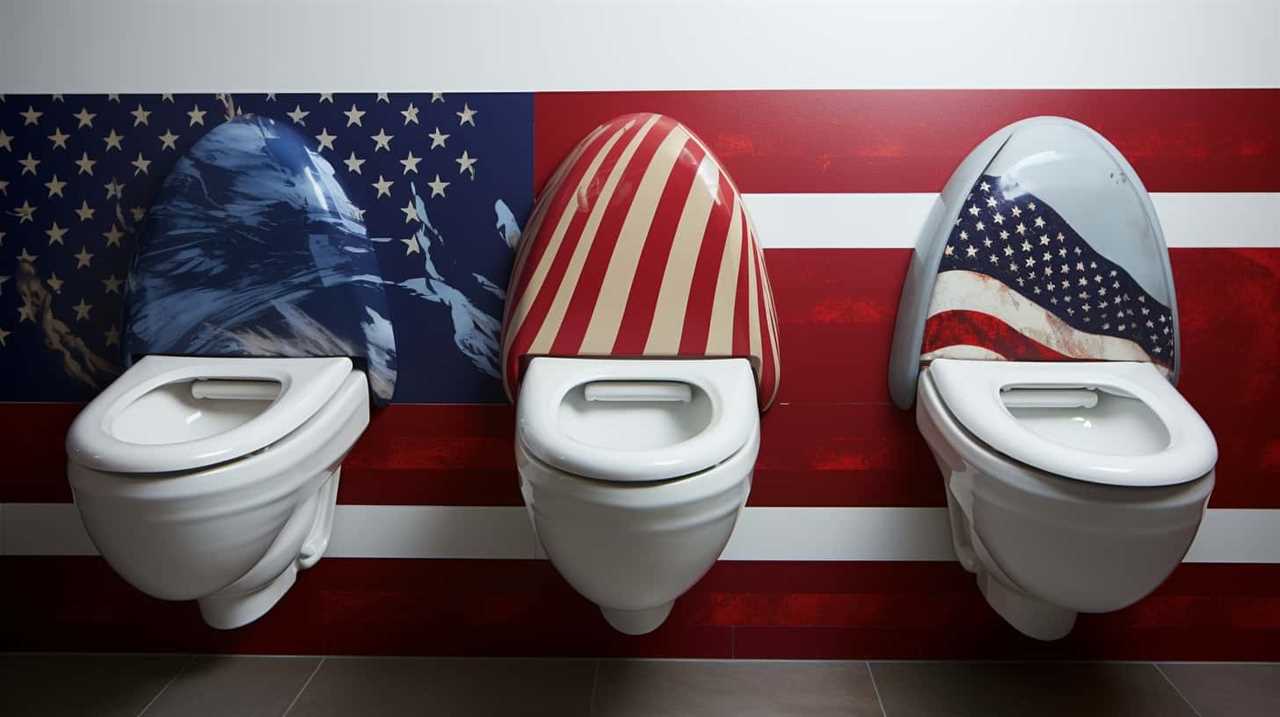
Menstrual cups are reusable silicone or rubber cups that are inserted into the vagina to collect menstrual blood. They offer several advantages over traditional tampons, including being more environmentally friendly and cost-effective.
Unlike tampons, which are single-use and contribute to waste, menstrual cups can be reused for up to 10 years. This reduces the environmental impact by minimizing the amount of waste generated.
Additionally, menstrual cups are free from harmful chemicals and don’t cause dryness or irritation. They can hold more fluid than tampons, providing longer-lasting protection and reducing the need for frequent changes.
Educate Others on Proper Tampon Disposal
To further promote sustainable menstrual practices, we can educate others on the proper disposal of tampons, ensuring the reduction of environmental impact and proper sanitation.
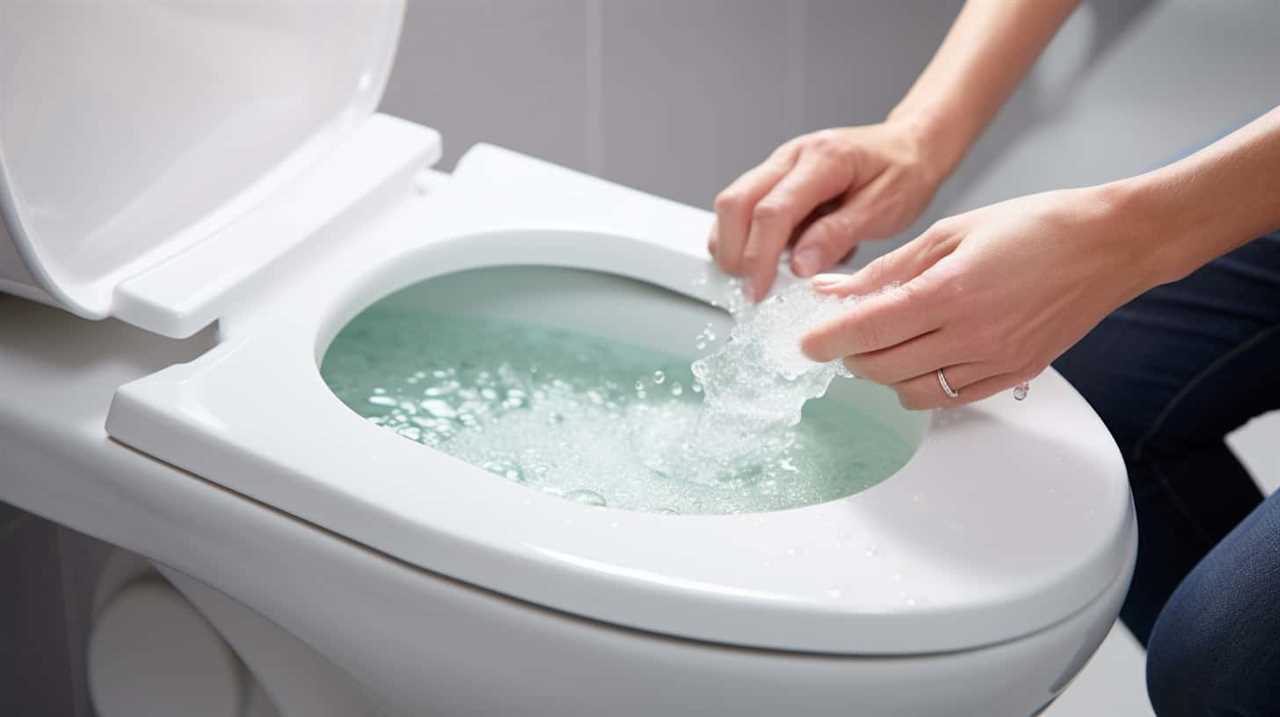
Improper tampon disposal can have significant environmental consequences. When tampons are flushed down the toilet, they can clog pipes, leading to costly repairs and pollution in waterways.
It’s crucial to inform young girls about proper tampon disposal practices from an early age. By teaching them to wrap used tampons in toilet paper or place them in a designated disposal bag, we can prevent them from ending up in the wrong places.
Educating young girls about the environmental impact of improper tampon disposal empowers them to make informed choices and contribute to a cleaner, healthier planet.
Let’s spread the word and ensure that everyone understands the importance of proper tampon disposal.
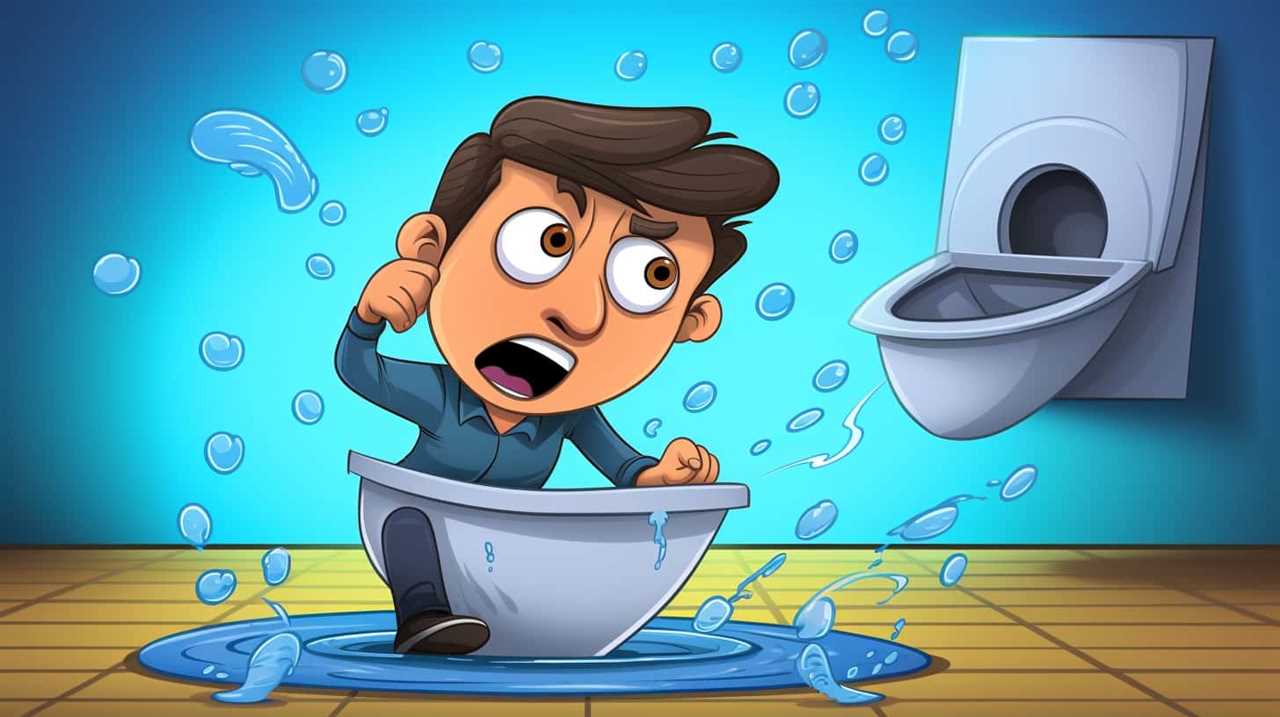
Frequently Asked Questions
Can I Flush Tampons Down the Toilet if I Live in an Older Building With Outdated Plumbing?
We can’t flush tampons down the toilet if we live in an older building with outdated plumbing. It’s important to consider tampon disposal alternatives, such as eco-friendly period products, to avoid plumbing issues and protect the environment.
Are Tampon Disposal Bags Available in Public Restrooms?
Public restroom amenities vary, but alternative tampon disposal methods are often available. Look for specially designed bins or disposal bags provided in the restroom. Proper disposal is essential for maintaining plumbing systems and preventing environmental damage.
Can I Use Biodegradable Tampons if I Have Allergies or Sensitivities?
If you have allergies or sensitivities, consider biodegradable tampons. They offer an eco-friendly option while managing your health concerns. Remember to dispose of them properly to avoid plumbing issues.
What Are Some Tips for Using Menstrual Cups for the First Time?
Using menstrual cups for the first time can be intimidating, but with these tips, we’ll help you become a pro in no time! Choose the right size and style for a successful first-time experience.
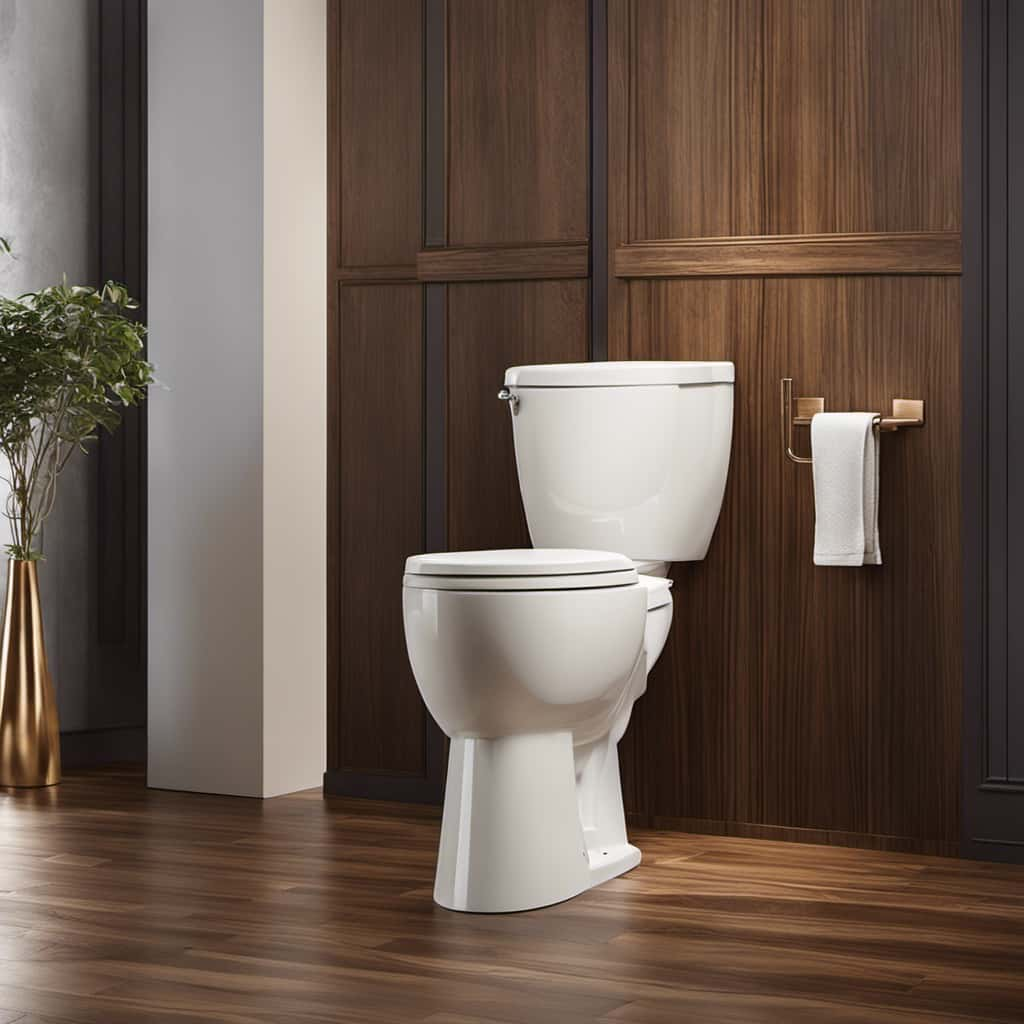
How Can I Educate Others About the Importance of Proper Tampon Disposal Without Embarrassing Them?
Educating discreetly about the importance of proper tampon disposal is crucial. We can start by explaining the environmental impact and suggesting alternative methods. It’s key to approach the topic with sensitivity and provide practical solutions.
Conclusion
In conclusion, when it comes to disposing of tampons, it’s important to remember that flushing them isn’t the best option. Instead, wrap them in toilet paper and dispose of them in waste bins or use tampon disposal bags.
It’s also worth exploring biodegradable tampon options or considering menstrual cups as a more sustainable alternative.
By educating others on proper tampon disposal, we can all contribute to a cleaner and healthier environment.
